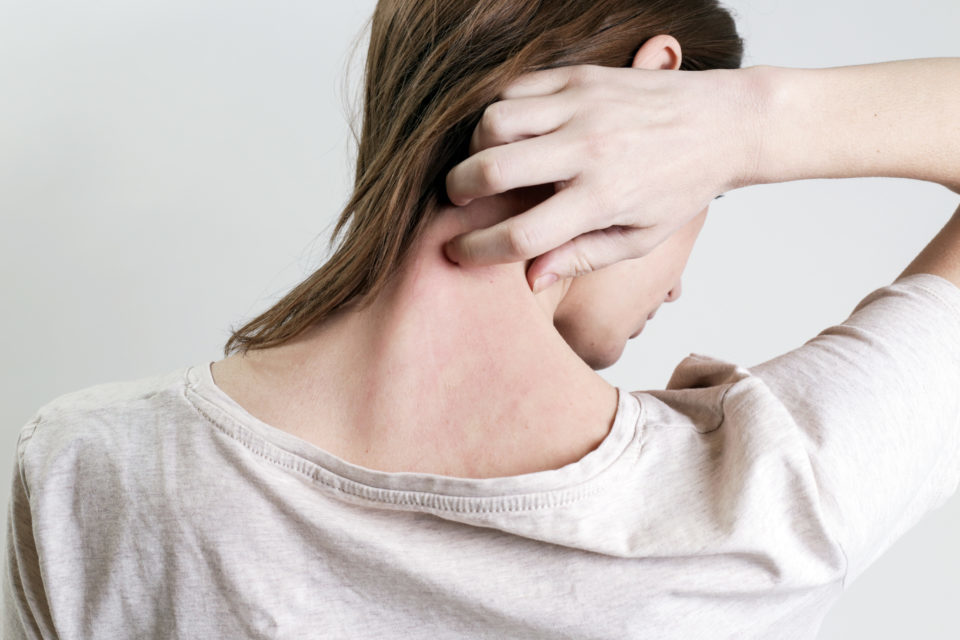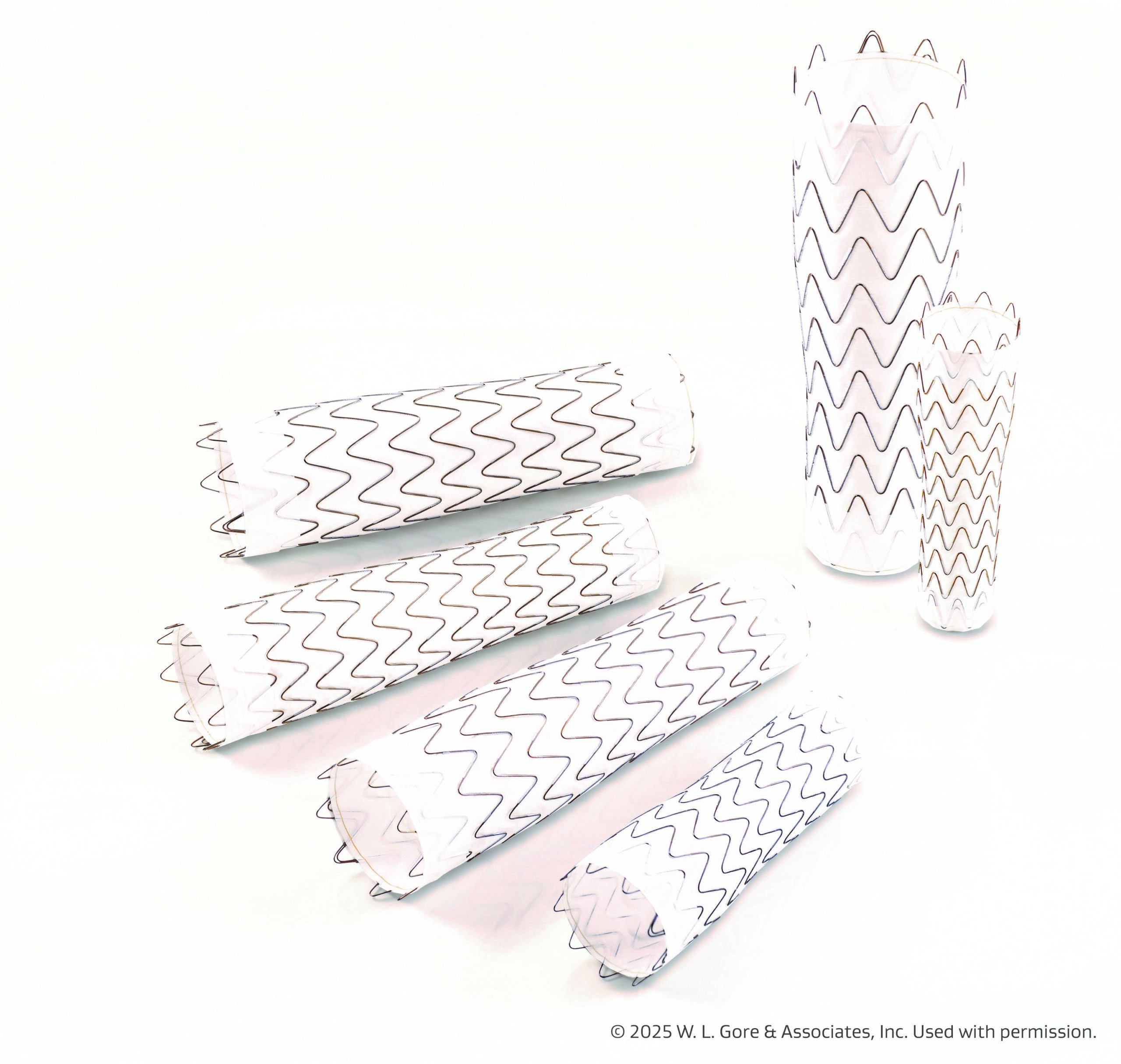
A recent cohort study found no increased risk for atrial fibrillation (AF) or major adverse cardiovascular events (MACE) in patients taking ustekinumab (STELARA) for psoriasis or psoriatic arthritis compared to tumor necrosis factor inhibitors (TNFi).
“Accumulating evidence indicates that there is an increased risk of cardiovascular disease among patients with psoriatic disease,” the researchers wrote. “Although an emerging concern that the risk of atrial fibrillation (AF) may also be higher in this patient population adds to the growing support of initiating early interventions to control systemic inflammation, evidence on the comparative cardiovascular safety of current biologic treatments remains limited.”
Claims data shows among 60 028 psoriasis or psoriatic arthritis pts, there was NO significant difference in the risk of developing atrial fibrillation or major adverse cardiovascular events with ustekinumab (vs a TNF inhibitor) https://t.co/kJhUsmupLx
— Dr. John Cush (@RheumNow) April 10, 2019
The researchers used data from Optum and MarketScan from Sept. 25, 2009, through Sept. 30, 2015, on 78,162 commercially insured patients. Patients were included in the study if they were aged ≥ 18 years, had psoriasis or psoriatic arthritis, and initiated ustekinumab or a TNFi therapy; they were excluded if they had a history of AF or receipt of antiarrhythmic or anticoagulant therapy during the baseline period. The primary outcomes were incident AF and MACE (myocardial infarction, stroke, or coronary revascularization).
Ustekinumab Comparable to TNFi
Final analysis included 60,028 patients with psoriasis or psoriatic arthritis, of whom 9,071 were ustekinumab initiators and 50,957 were TNFi initiators; 29,495 (49.1%) patients were male. Mean ages were 46 years and 47 years in the Optum and MarketScan groups, respectively. For AF, the overall crude incidence rate (reported per 1,000 person-years) for ustekinumab initiators was 5.0 (95% CI, 3.8-6.5), and for TNFi initiators was 4.7 (95% CI, 4.2-5.2); for MACE, the rates were 6.2 (95% CI, 4.9-7.8) and 6.1 (95% CI, 5.5-6.7), respectively. When using TNFi initiators as the reference group, the combined adjusted hazard ratio among ustekinumab initiators for incident AF was 1.08 (95% CI, 0.76-1.54), and for MACE was 1.10 (95% CI, 0.80-1.52).
April Arthritis & Rheumatology:
Regression of Peripheral Subclinical Enthesopathy in Therapy‐Naive Patients Treated With Ustekinumab for Moderate‐to‐Severe Chronic Plaque Psoriasis: A Fifty‐Two–Week, Prospective, Open‐Label Feasibility Studyhttps://t.co/YtRVlBFg5g pic.twitter.com/bIfmAvuWQj
— ACR_Journals (@ACR_Journals) April 10, 2019
“No substantially different risk of incident AF or MACE after initiation of ustekinumab vs TNFi was observed in this study,” the researchers wrote. “This information may be helpful when weighing the risks and benefits of various systemic treatment strategies for psoriatic disease.”
Another recent study evaluated whether Certolizumab Pegol (CZP) was a safe and effective treatment for patients with psoriasis or psoriatic arthritis who were either naïve or unresponsive to previous systemic immunosuppressive treatments. This research, published in the Journal of Dermatological Treatment, included 12 patients with psoriasis and psoriatic arthritis from a dermatology/rheumatology combined outpatient clinic. The primary endpoints were CZP safety and efficacy, and secondary outcomes were validated clinical and laboratory measures and patient-reported outcomes. The study went on for 24 weeks.
No increased risk for #atrialfibrillation or major #cardiovascularevents was observed among #patients with #psoriasis or #psoriaticarthritis treated with ustekinumab (Stelara) compared with patients receiving a #tumornecrosisfactor (TNF) inhibitor:https://t.co/nmEFkRnRRE pic.twitter.com/SfsiqvlprT
— CRT Meeting (@CRT_meeting) April 8, 2019
Patients tolerated CZP injections well and demonstrated fast and significant improvement in all measured outcomes. Researchers reported positive outcomes regarding joint and skin involvement, pain, patient and physician global assessment, physical function, and health-related quality of life. There were no safety or efficacy differences between CZP monotherapy patients and those who received CZP in combination with methotrexate.
Ustekinumab’s efficacy seems about the same in IFN high and low patients. Interesting since high IFN predicts flares, so would expect it to influence response rate in the placebo arm.
— Ed Vital (@edvital) April 6, 2019







 © 2025 Mashup Media, LLC, a Formedics Property. All Rights Reserved.
© 2025 Mashup Media, LLC, a Formedics Property. All Rights Reserved.